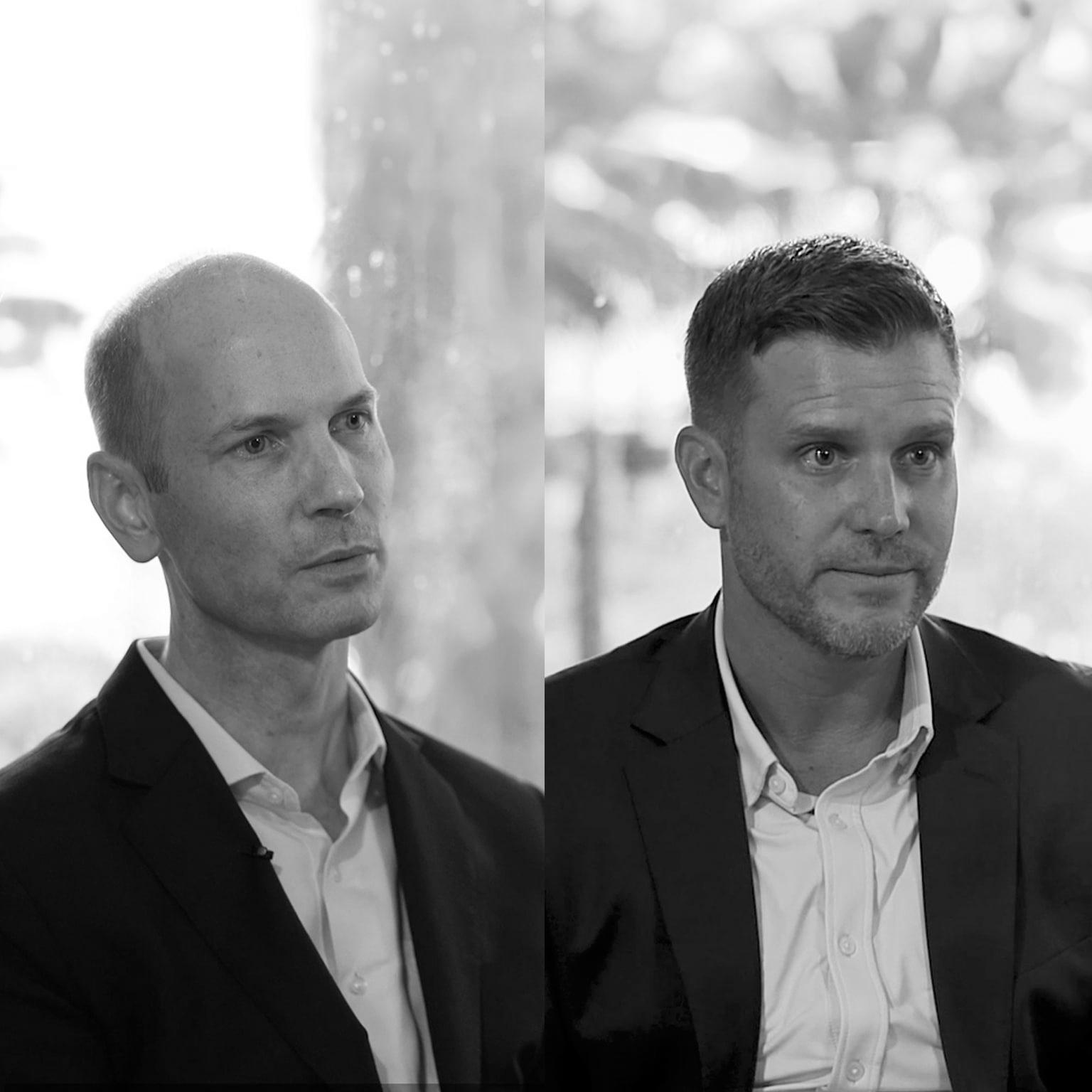
This transcript has been lightly edited for clarity.
What is causing so many consumer product leaders to rethink their products and portfolios?
Jan Henrich: Renovating and innovating the existing portfolio has never been more important than it is these days. First, consumer discretionary spending is tightening. Second, passing on inflation costs to the consumer is getting more difficult. And last, it is very hard to get a portfolio right the first time before consumers actually have a chance to engage with it and over time give feedback.
Scott Woodruff: In many cases, our clients’ product development engines are broken. Innovations aren’t reaching market and hitting the goals that they had intended, and product optimizations often aren’t successful or are taking, quite frankly, too long to reach the market. So a new approach is really required to tackle this perfect storm they’re facing.
What could be the “unlock” in unleashing the potential of product design?
Scott Woodruff: The unlock we’ve seen really stems from consumer companies embracing a new tool kit and a new playbook for how they develop products and ultimately design their portfolios. When they embrace this new tool kit and this new playbook, it allows them to become extremely focused and precise, almost surgical. And the decisions they make about their portfolio and when they do this—they’re often able to achieve what we call the triple wins, unlocking both margin and revenue growth and improving sustainability.
What is the playbook to enable triple wins?
Jan Henrich: First, leveraging the incredible wealth of information that is now digitally available on pretty much anything from toasters to cosmetic products to glass cleaners. The pandemic really doubled that information that we can harvest there. Second, working in an agile, cross-functional way across the organization and in ways that haven’t been done before. And third, relaunching products with truly the mindset of enhancing what consumers value, taking everything unnecessary out and thereby driving end-to-end more sustainability, more preferred product, and better margins.
Scott Woodruff: One example of this is in the consumer insight space. Through advances in AI and natural-language processing, we’re able to essentially scrape and mine the wealth of consumer-generated content that’s available online—in many cases, tens of thousands of comments, sentiments from consumers, to really understand and inform what trends are we seeing, where the puck is going for consumers, and how do we potentially think about optimizing our products for those trends.
This is just one example of advances in technology. We’re seeing similar advances as we think about cost insights, supply chain insights, portfolio design, and insights into how companies can optimize their products as well as develop new products.
“Our firm is designed to operate as one—a single global partnership united by a strong set of values. We are equally committed to both sides of our mission: attracting and developing a talented and diverse group of colleagues and helping our clients create meaningful and lasting change.
From the C-suite to the front line, we partner with clients to help them innovate more sustainably, achieve lasting gains in performance, and build workforces that will thrive for this generation and the next.”
Please visit the firm link to site


